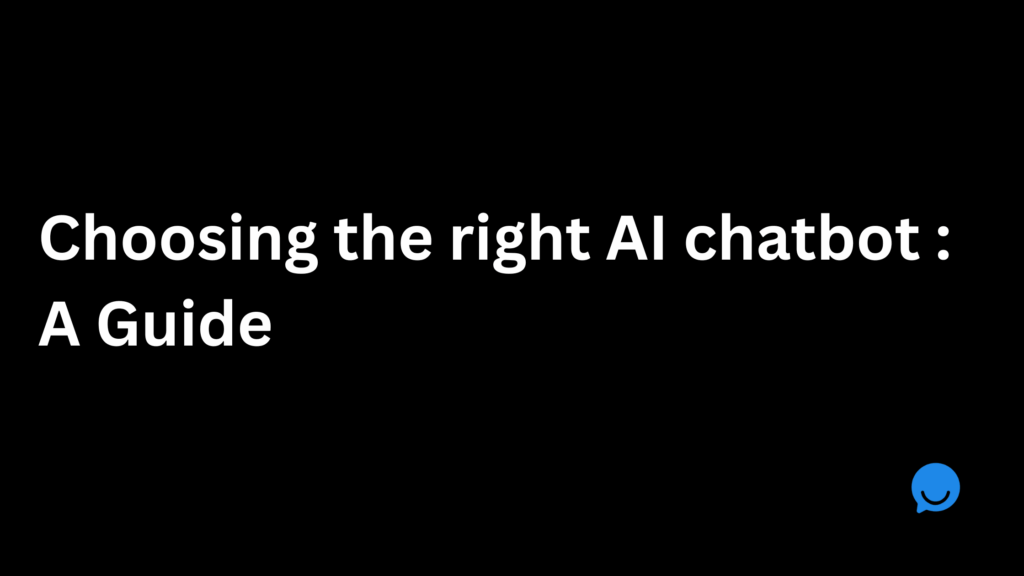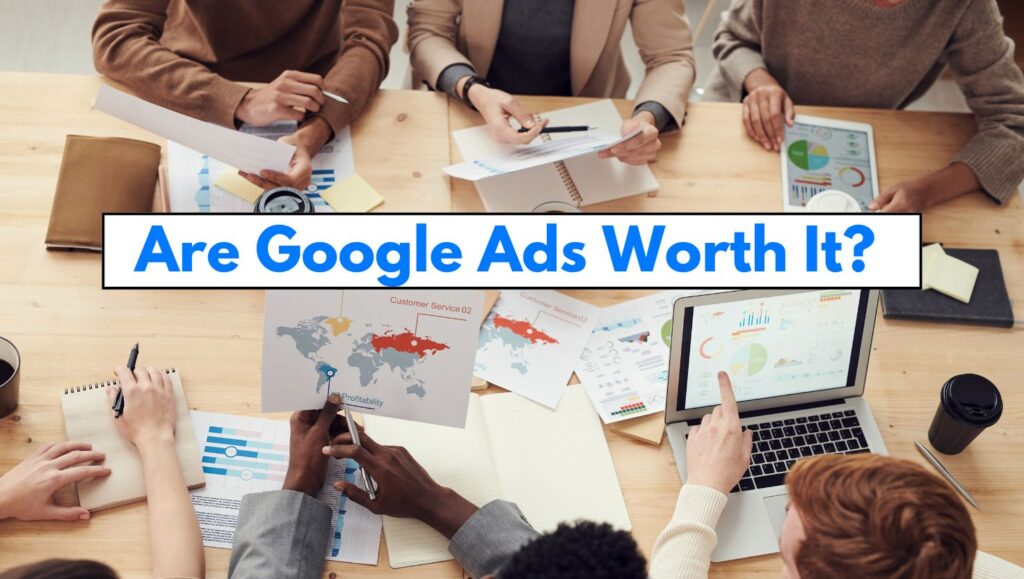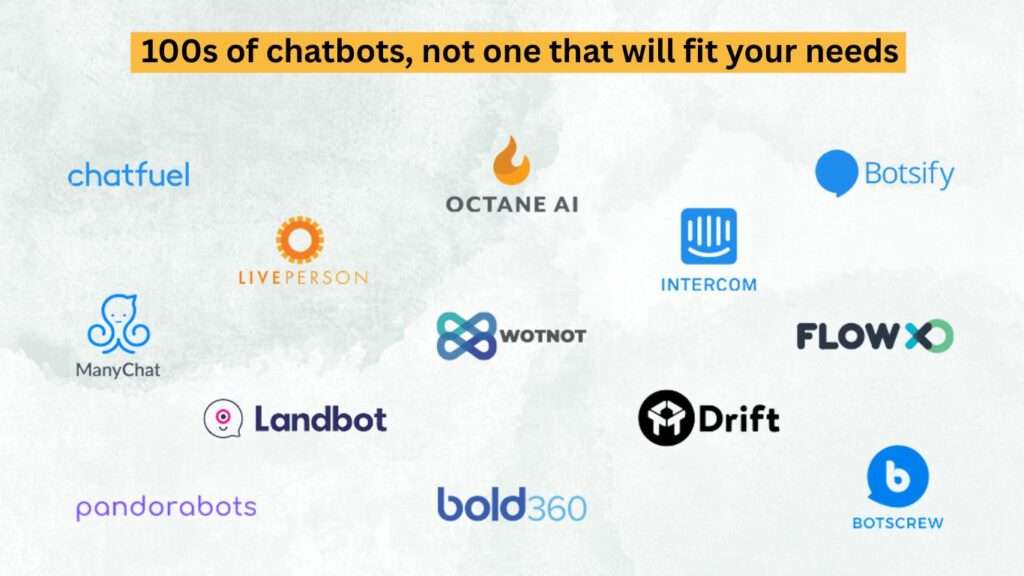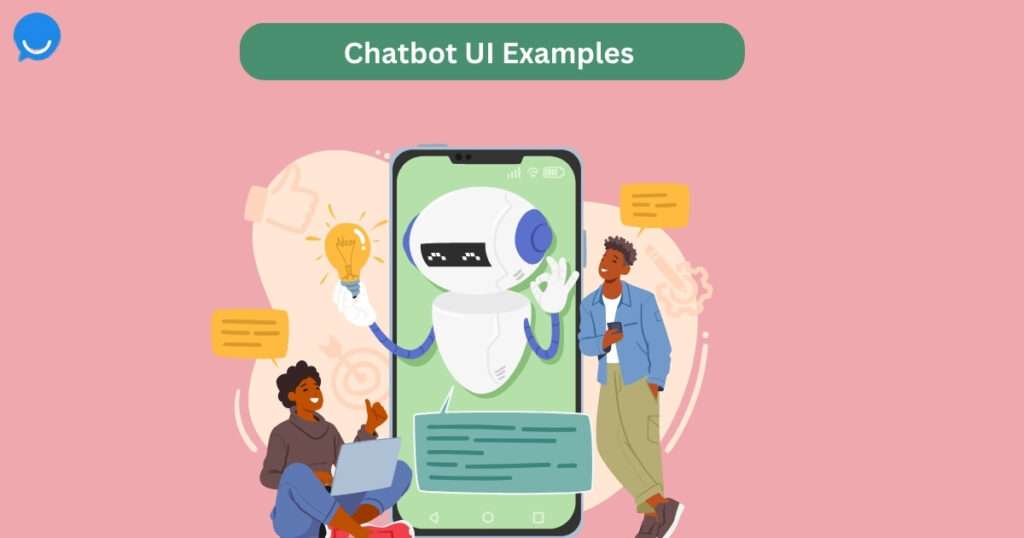
When it comes to chatbots, design is everything. A well-designed chatbot interface isn’t just about making it look good—it’s about creating an experience that feels smooth, intuitive, and enjoyable for your users. But how do you get it right? That’s where understanding good UI design comes in.
In this post, I’ll walk you through some amazing chatbot UI examples and share tips on how you can create a chatbot interface that leaves a lasting impression on your audience.
What Makes a Chatbot UI Truly Great?
Let’s be honest—a chatbot’s UI can make or break the user experience. Think of it as the personality of your bot. If it’s confusing or hard to use, people won’t stick around. But if it’s intuitive and visually appealing? Users will keep coming back for more!
Here are a few key traits that define a great chatbot UI:
- Easy Navigation: Users should know exactly where to click and what to type. If it’s too complicated, they’ll give up.
- Consistency: Your chatbot’s style, colors, and overall vibe should match your brand. A mismatch can feel annoying and unprofessional.
- Quick Response: Whether it’s a button click or a text message, the bot should respond quickly and accurately.
- Friendly Elements: Think of quick reply buttons, emojis, or even image carousels—these small additions can make the conversation feel more natural.
Now, let’s dive into some of the best chatbot UI designs out there and see what they’re doing right!
Chatbot UI Examples You Need to See
1. ChatBot
ChatBot’s UI is like a Swiss Army knife—it’s got everything you need and then some. The platform’s visual interface is customizable, so you can tailor it to suit any use case, whether it’s customer support, lead generation, or even onboarding. Here’s what stands out:
- Customizable templates and widgets: Easily match the chatbot UI to your brand’s look.
- Dynamic chat bubbles: Enhance readability and create a sense of flow.
- Rich media support: Include attachments, emojis, and images to make the chat more engaging.
The best part? You don’t need any coding knowledge to create a stunning UI that your users will love.
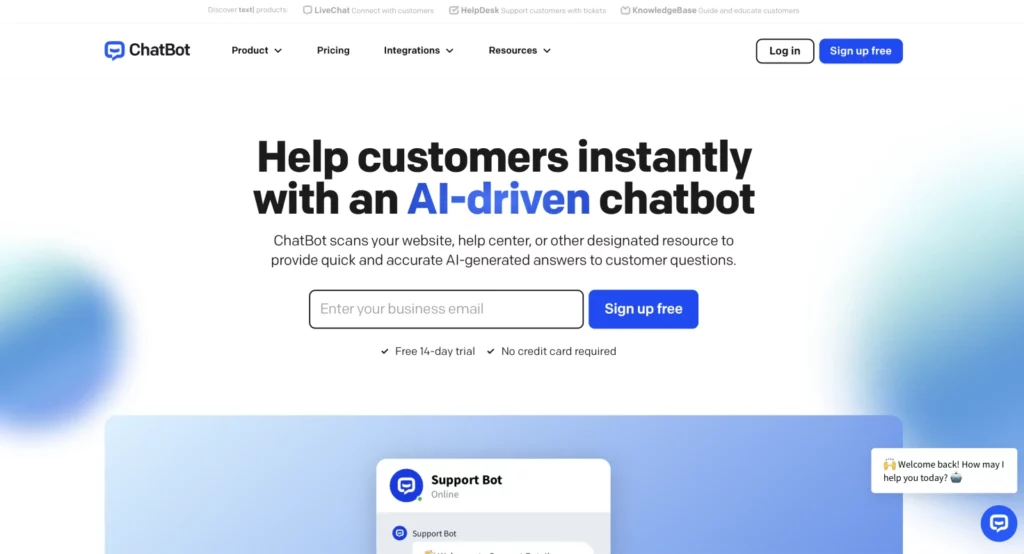
2. BeyondChats
BeyondChats takes a more modular approach to chatbot design. It’s perfect for businesses that want to embed a chatbot directly onto their website or landing page. The drag-and-drop builder makes it super easy to create a polished UI without breaking a sweat.
Key UI features include:
- Response buttons: Users can just click and go, making the conversation smooth and fast.
- Avatar options: Personalize your chatbot with avatars to make it feel more approachable.
- Custom color themes: Easily adapt to your brand’s style.
BeyondChat’s straightforward UI makes it a great choice for companies that want a clean, structured chatbot interface.
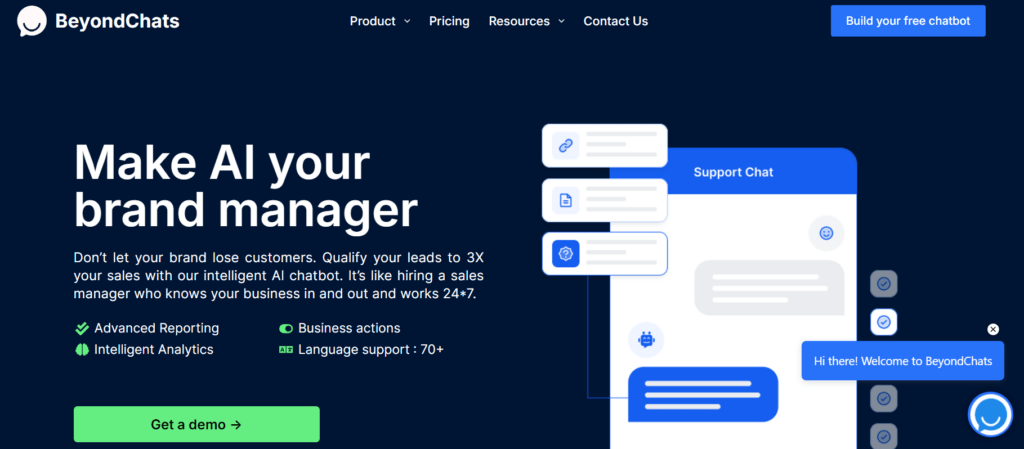
3. Drift
Drift’s chatbot UI is all about getting results. Designed with sales and support in mind, Drift’s interface uses buttons and quick replies to guide users through interactions. This reduces typing and helps get answers faster.
- Quick reply buttons: Shorten the time needed to interact with the bot.
- User-friendly menus: Let users switch between different options easily.
- Smooth transitions: Seamlessly hand off conversations from the bot to a human agent.
If your main goal is to engage prospects or assist customers efficiently, Drift is a solid pick.
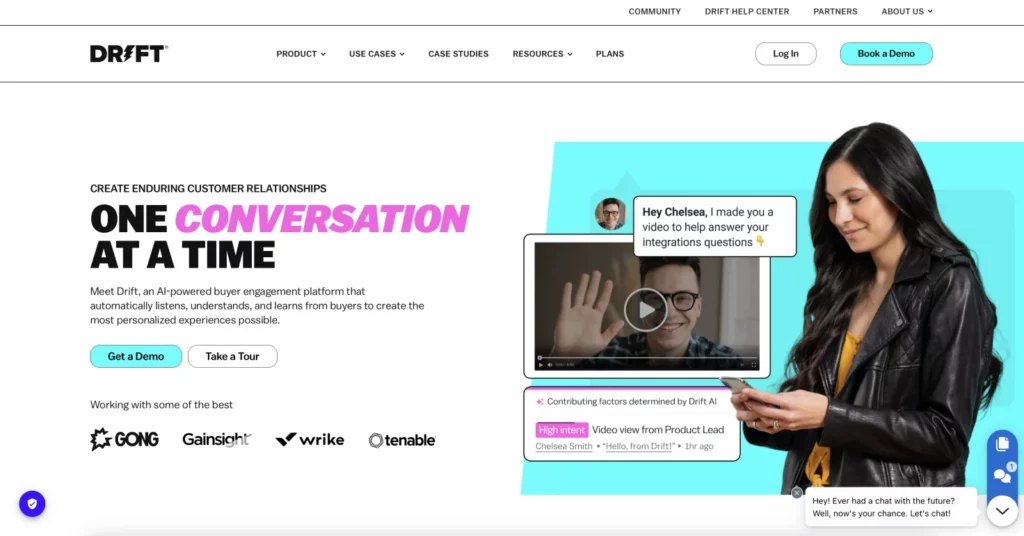
4. Replika
Ever wanted to create a chatbot that feels more like a friend than a bot? Replika nails it. This chatbot UI is designed to foster a personal connection, with features like:
- 3D avatars and AR modes: Create more immersive interactions.
- Voice mode: Make the conversation even more personal.
- Simple layout: Keep things clean and focused on the chat.
While Replika’s design is more for personal use, it shows how UI can create a deeper emotional connection with users.
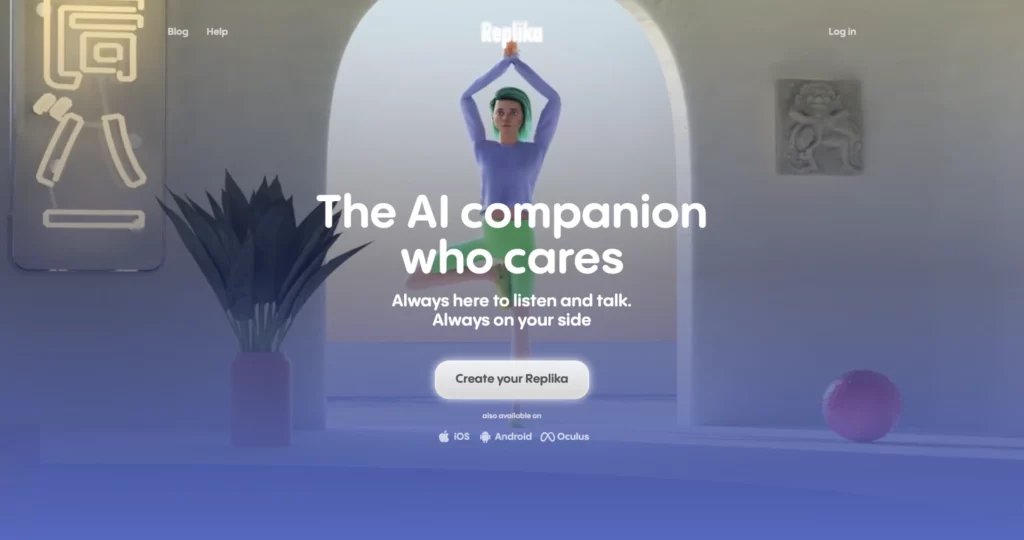
5. Tidio
Tidio blends live chat and chatbot functionality into one sleek UI. It’s highly customizable, letting businesses adapt the bot’s appearance to their exact needs. Standout UI elements include:
- Response rating buttons: Collect feedback directly within the chat.
- Visual customization options: Change the bot’s name, status, and avatar to fit your brand.
- Pre-defined options: Help users easily navigate through what the bot offers.
Tidio’s chatbot UI is perfect for companies that want to offer both automated and live chat support in one interface.
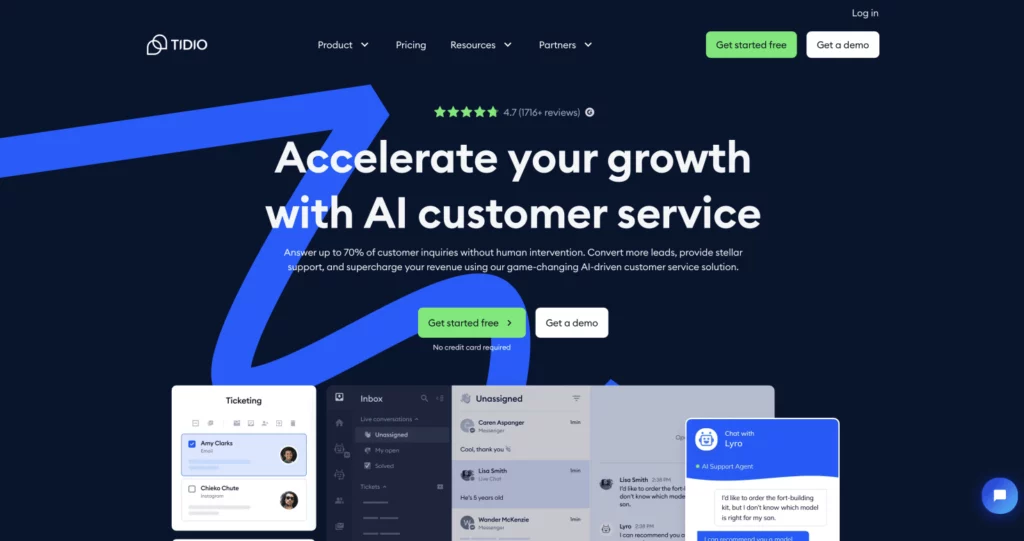
6. Wysa
Wysa is a mental health chatbot with a UI designed to be calming and supportive. It’s a great example of how design can enhance the overall experience.
- Soothing color schemes: Soft colors create a relaxed atmosphere.
- Emergency support buttons: Provide quick access to real help if needed.
- Mood trackers and exercises: Integrated directly into the chat for easy use.
Wysa’s design proves that UI isn’t just about looks—it’s about creating the right atmosphere for your users.
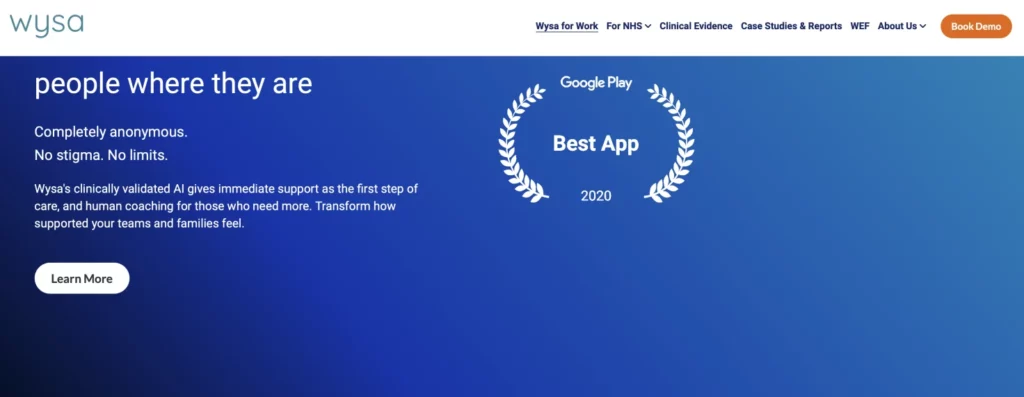
Tips for Designing a Chatbot UI That Stands Out
- Keep It Simple: Avoid clutter. Use white space and limit colors to make the interface easy on the eyes.
- Make It Interactive: Use buttons, carousels, and media elements to keep the conversation flowing.
- Be Consistent: Stick to your brand’s color scheme and visual style.
- Test, Test, Test: A/B test different UI elements to see what resonates most with your users.
Conclusion
There you have it—some of the best chatbot UI examples and a few tips to get you started. Remember, the goal of a chatbot UI is to make interactions feel natural and enjoyable. Use these examples as inspiration, and don’t be afraid to experiment until you find a design that truly fits your brand.
If you’re ready to take your chatbot UI to the next level, why not give Beyondchats a try? Our platform offers customizable chatbot solutions that can transform your website interactions into meaningful, engaging conversations. Whether you’re looking to enhance customer support, boost engagement, or simply create a more intuitive user experience, Beyondchats has you covered.

